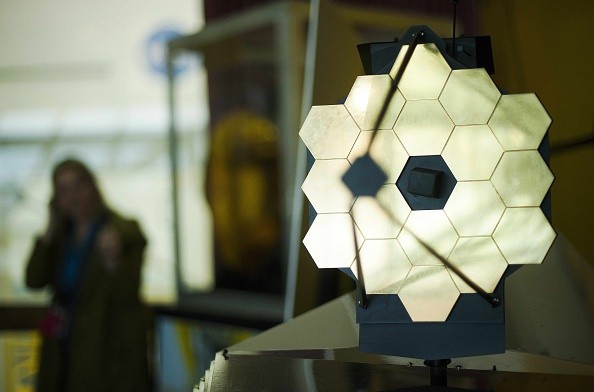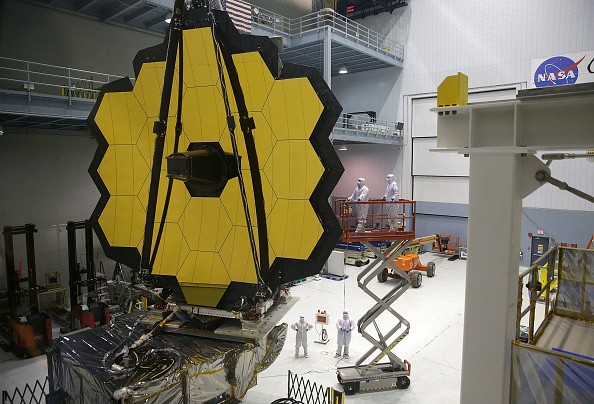NASA Webb Space Telescope's Mid-Infrared Instrument (MIRI) is now operational after reaching minus 266 degrees Celsius.

Unlike other giant space instruments, JWST requires a very cold environment before it can operate. Because of this, it needs to reach space regions where sunlight is less or none at all.
On Apr. 7, the successor of the Hubble Space Telescope was able to reach its final operating temperature, minus 447 degrees Fahrenheit.
NASA's Webb Space Telescope MIRI Tool is Now Operational!
According to NASA Gov's latest report, JWST's MIRI device was able to cool off by hiding behind the telescope's massive sunshield (the size of a tennis court).

NASA's James Webb team successfully passed the so-called "pinch point" milestone. This challenge occurs when the MIRI transitions from minus 258 degrees Celsius to 267 degrees Celsius.
MIRI Project Manager Analyn Schneider said they worked very hard to surpass the pinch point process.
"The team was both excited and nervous going into the critical activity. In the end, it was a textbook execution of the procedure, and the cooler performance is even better than expected," added Schneider.
Why JWST Need a Cold Temperature?
Space.Com reported that the James Webb Space Telescope could simultaneously observe more than 100 galaxies. But, it can only do this if it is in a space region with a very cold temperature.
NASA's JWST can achieve this since it can detect infrared lights, which are wavelengths now visible to the human eyes.
Because of this, it needs to be at a very low temperature. Aside from infrared lights, JWST also relies on the vibrations made by atoms.
If it is in a low-temperature space region, the electric current generated by atom vibrations is slower, allowing it to detect them more efficiently.
Meanwhile, NASA Perseverance Rover was able to snap a photo of an unusual parachute that landed on Mars.
On the other hand, the NASA Hubble Space Telescope spotted the largest comet nucleus ever recorded.
For more news updates about JWST and other space techs of NASA, always keep your tabs open here at TechTimes.
Related Article : NASA Hubble New Successor? The Solar System Space Telescope Can Do Something That JWST Can't
This article is owned by TechTimes
Written by: Griffin Davis
ⓒ 2025 TECHTIMES.com All rights reserved. Do not reproduce without permission.




